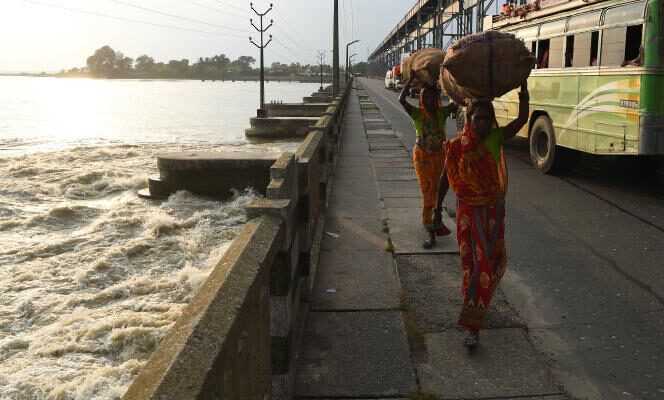Few countries where an appointment at the head of the national electricity supplier provokes so much enthusiasm: recalled, on August 11, by the new Nepalese Prime Minister, Sher Bahadur Deuba, to head again the Nepal Electricity Authority (NEA) , Kulman Ghising is, in this landlocked country of some 30 million inhabitants, celebrated as a national hero, a clean and competent manager, in an ocean of bureaucratic negligence and corruption. His departure, at the end of his first term, in 2020, had been greeted by thousands of “#ThankYouKulman”. Despite this popularity, the then Prime Minister, Khadga Prasad Sharma Oli, refused to return him to his post.
The new government, formed in July after months of political crisis at the top, seems determined to continue the transformation started by Kulman Ghising of the country into a respectable electricity player at the regional level, after years of dysfunction: Nepal is in on track to become a regular exporter of electricity to India and Bangladesh. One of the biggest projects in the country, on the upper part of the Tamakoshi River, which flows through the Himalayas from Tibet, is in principle due to go online by the fall and generate a surplus during the rainy season, from June to September.
Nepal is certainly still far from exploiting the full potential offered by its central position in the Himalayas: 6,000 rivers descend from the summits for an “economically viable potential” of 42 gigawatts (GW), according to a 2020 report from the Asian Development Bank. However, only 1.4 GW is installed today – to which will be added 1.6 GW in 2021-2022. Neighboring Tibet, on the other hand, is equipped in turn with dams by China – the largest dam in the world, with a capacity of 60 GW, almost three times that of the Three Gorges dam (Hubei), is programmed on the Yarlung Tsangpo, the Tibetan section of the Brahmaputra River, in the 14e Chinese five-year plan (2021-2025). While Bhutan has six hydropower plants, built with the help of India: the export of electricity constitutes almost a third of its income, thanks to an installed capacity of 2.3 GW, but for only 1, 2 million inhabitants.
A nest of corruption
Most of Nepal’s hydropower is generated by run-of-river hydropower plants – that is to say without water retention, unlike Tibet, generating extremely variable electricity production depending on the location. seasons: the turbines run at full capacity during the rainy season, but it is difficult to store electricity. These constraints, coupled with disastrous management, have long limited the generation of electricity and slowed down the country’s economic development – until the appointment as head of the NEA in 2016 of Mr. Kulman, an electrical engineer who spent his entire career in the state enterprise. This one will succeed in a tour de force.
You have 64.4% of this article left to read. The rest is for subscribers only.
